Full Guide To Opalite vs. Opal (This is The Difference)

In order to work with our crystals effectively, we need to understand their properties. With crystals that look similar or have similar uses, such as opalite and opal, it can be difficult to determine which one to work with. The answer should always be; the one that you are drawn to the most. However, if you are looking to find the difference in physical appearance as well as metaphysical properties, you’ll find your answer here.
Opalite most commonly refers to an artificial stone made of glass or plastic, but can also refer to natural opal that does not show play-of-color. On the other hand, opal is a natural stone that shows play-of-color. Opalite represents playfulness and joy, while opal represents hope and purity.
Continue reading if you want to know more about the (physical) qualities of these stones, as well as how you can use them in your spiritual practice.
Also read: Moonstone vs. Opal: This Is The Difference
Want more help or information? If you have any more questions after reading this blog post or want a personal answer for your specific situation, join the free Facebook group! We promise you’ll get an answer from either our team members or a community member.
Opalite vs. Opal – How To Tell The Difference?
In order to understand the difference between these two stones, we can look at the color, shape, pattern, clarity, and more. Below, we’ll describe all these aspects in detail.
Chemical Composition
Opalite can refer to one of two stones. One is natural, commonly referred to as common opal, a hydrated silicon dioxide. This type does not have play-of-color, which is normally associated with opal. The other opalite is artificially made using resin, glass, and metal.
On the other hand, opals are amorphous, hydrated forms of silica. Amorphous refers to the fact that these minerals do not have an identifiable shape. Because it lacks a crystalline structure, it’s termed a mineraloid.
Interestingly, opal’s composition also has a significant portion of water in it, 3-30%.
Color
Natural opalite comes in various colors, such as mossy green or lavender, with dark inclusions. Again, natural opalite will not show a play of colors, whereas opal will. Artificial opalite is milky white with a creamy sky-blue color.
Opals are available in a wide range of colors like pink, orange, black, white, yellow, green, red, blue, and sometimes colorless. Precious opals will reflect and change colors under sunlight.



Pattern and Clarity
Natural opalite has a pearly luster, while artificial ones are vitreous (glass-like). Their clarity varies from translucent to transparent. Natural opalite is also known to have inclusions, whereas artificial opalite is often pristine. However, you might find there are air bubbles, as is common with glass.
Opals will show a spectrum of colors when exposed to sunlight. Rough opals are dull with a waxy or pearly luster, while polished opals have a vitreous luster. They can be semi-transparent, opaque, and translucent in clarity.
Also read: Amazonite vs. Turquoise: This Is The Difference
Hardness
Both opal and natural opalite range from 5- 6.5 on the Mohs scale. For artificial opalite this is entirely dependent on the material it is made from; glass rates a 5.5-7, while plastic is only 2.5.
If you’re unfamiliar, the Mohs scale of hardness determines a stone’s hardness by measuring how scratch-resistant it is. According to this scale, a stone can scratch any other mineral with a lower score. For reference, talc is a 1, whereas diamond is a 10.
Natural opalite is also quite brittle and breaks into sharp angular fragments.
Location
Natural opalite is found in Brazil, Peru, Mexico, and Slovakia, while precious opals are found mainly in Australia (the largest producer), Brazil, and Mexico.
Care
Opalite and opals can be manually cleaned by wiping them with warm water and a mild detergent. Both stones are sensitive to bleach and chemical cleaners, and mechanical cleaning methods like ultrasonic cleaners will cause cracks due to intense vibrations.
Opals contain 3-30% water, which means that, unlike many other crystals and gemstones, they cannot be harmed by water. In fact, if they get too dry, the stone might crack. As a result, many choose to store their opal in water or leave a glass of water in the case they are stored. Keep in mind that this advice only applies to solid opal. Doublets (opal with a black backing) or triplets (opal with a black backing and a glass/quartz dome on top) are not resistant to water and will likely fall apart.
Apart from physically cleaning the stones, you might want to clear them of negative energies. This is highly recommended if you use them for their metaphysical properties.
The reason for this is that these stones absorb low vibrations. Every month or so, you want to remove these energies from the stone so you can continue to use it. After cleansing, it is recommended you also recharge the stones to make sure they are full of positive energy to share with you.
Opal and opalite can be cleansed and recharged by moonlight or using cleansing crystals like selenite and clear quartz. The stones can also be recharged through sound, or by burying them in brown rice.
We do not recommend leaving these stones in the sun, as this can dry them out.
Opalite vs. Opal – Metaphysical Properties
Beware that crystals are never a replacement for professional medical help. If you have any issues, see a doctor first and follow their advice.
Opalite is a stone of optimism and playfulness. The stone is also believed to help with anxiety and depression by restoring inner peace and calm to any situation. Its energies are ideal for meditation and improving communication in all aspects.
On the other hand, opal represents hope and purity. The different shades of opal resonate with different chakras. Generally, the stones will activate and clear blockages within the specific chakras owing to their high vibrational energies. They also light the aura and keep you grounded and protected.
Opals are also excellent for spiritual and angelic connections. It’s a tool for communication with the spiritual realm and strengthening psychic abilities.
For physical healing, opalite is all-rounded. The stone helps with sexual experiences, overcoming fatigue, mood-stabilizing, and purifying the kidneys and blood.
Opal stones treat infections, improve immunity, and help with respiratory and chronic conditions-related illnesses. It speeds up recovery from any long-term conditions.
Chakra Association
Both stones can be used to activate and stimulate any of the body’s chakras. The chakra system consists of seven main chakras in specific places on the body, representing an energy healing road map. Below you’ll find a brief outline on what the chakras mean, and how these stones can help you.
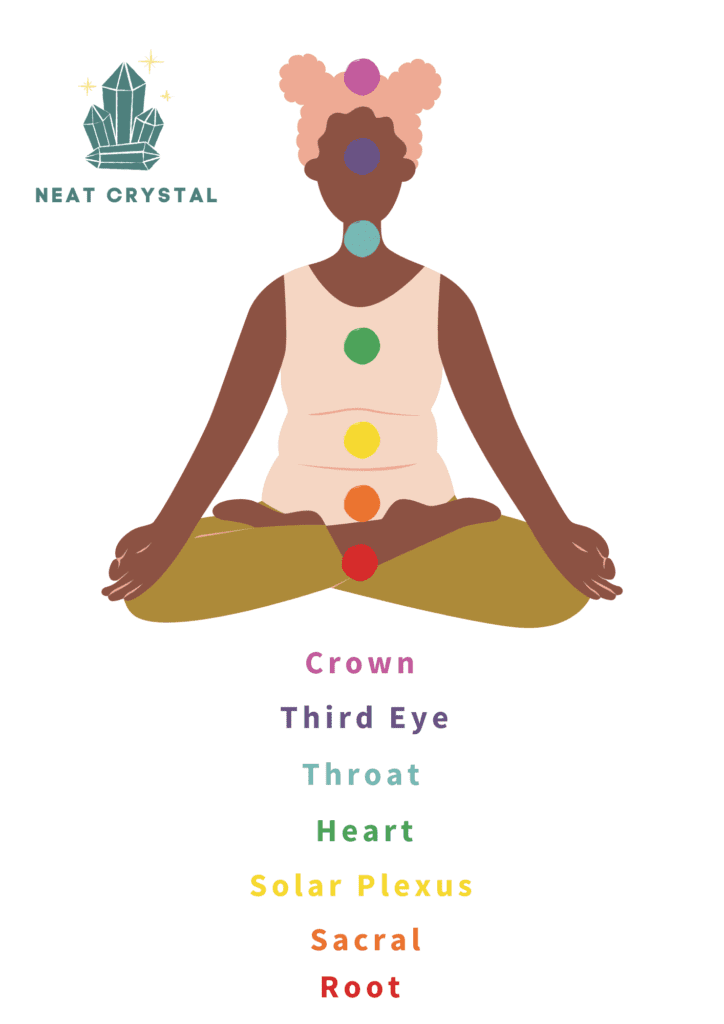
- Root Chakra (Muladhara): Also known as the base chakra, located at the base of the spine. The chakra is associated with stability, grounding, and survival. It is represented by red and is connected to the sense of smell and the earth element.
- Sacral Chakra (Svadihsthana): This chakra is located in the lower abdomen and is associated with sexuality and emotions. It is portrayed in a vibrant orange. It is related to the sense of taste and the water element.
- Solar Plexus Chakra (Manipura): Located in the upper abdomen between the diaphragm and the navel. It is the chakra responsible for our power and is portrayed in yellow. Its function is to improve assertiveness and willpower. It is associated with the sense of sight and the fire element.
- Heart Chakra (Anahata): Located in the middle of the chest. The chakra is associated with love and friendships. Its colors are green and pink. It’s related to the sense of touch and the air element.
- Throat Chakra (Vishuddha): Located at the throat and is responsible for communication and the expression of feelings. Its color is blue and is associated with the hearing senses. The chakra encourages gratitude and self–expression.
- Third Eye Chakra (Ajna): Found between the brows. The chakra is associated with psychic vision, intuition, and knowledge. It is portrayed as indigo.
- Crown Chakra (Sahasrara): This chakra is located at the top of the head. It is associated with intelligence and bliss. It is portrayed as violet and associated with all the senses.
Zodiac Association
Natural opalite and opals are traditional birthstones for October, which means the stones will most likely resonate with the Libra and Scorpio zodiac signs.
For Libra, these stones will bring harmony and balance. They amplify the energies within this zodiac and help them remain grounded in their choices and maintaining their boundaries.
On the other hand, Scorpios are loyal, brave, and determined. They can also be prone to jealousy, which is how these stoens can help. They help balance a Scorpios emotions and offer support when they feel scattered.


Element Association
Many cultures have developed the idea of elements to explain nature. In the west, this idea was created by the ancient Greeks and consisted of 4 elements: Earth, Air, Fire, and Water. Opalite is associated with all the elements of nature, while opals are primarily linked to the water element.
The earth element represents stability, abundance, fertility, and grounding. The element is portrayed in brown and green colors. The zodiac signs of this element are dependable, independent, and responsible.

The fire element represents passion, transformation, and destruction. The energies of this element can be damaging if not controlled. It is characterized by red and orange. Signs of this element, Leo, Aries, Sagittarius, are passionate, brave, and open-minded.
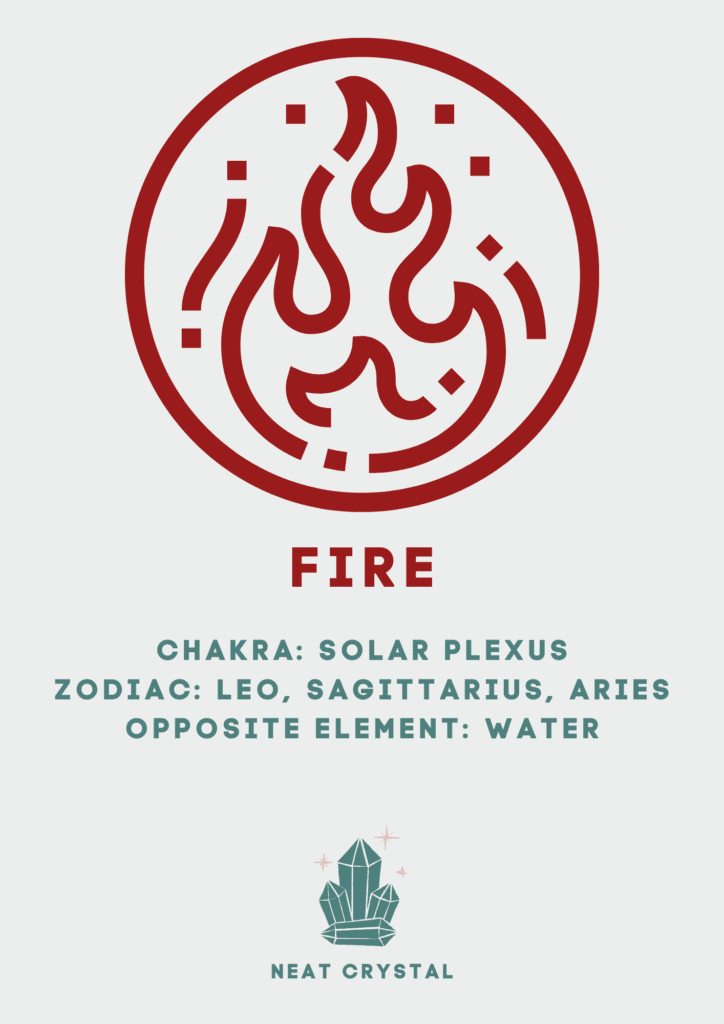
The water element is primarily associated with our emotions. From a spiritual perspective, the element represents tranquility, emotional management, inner peace, and introspection. It’s characterized by blue. Signs of this element, Cancer, Scorpio, Pisces, are analytical, intuitive, and excellent communicators.
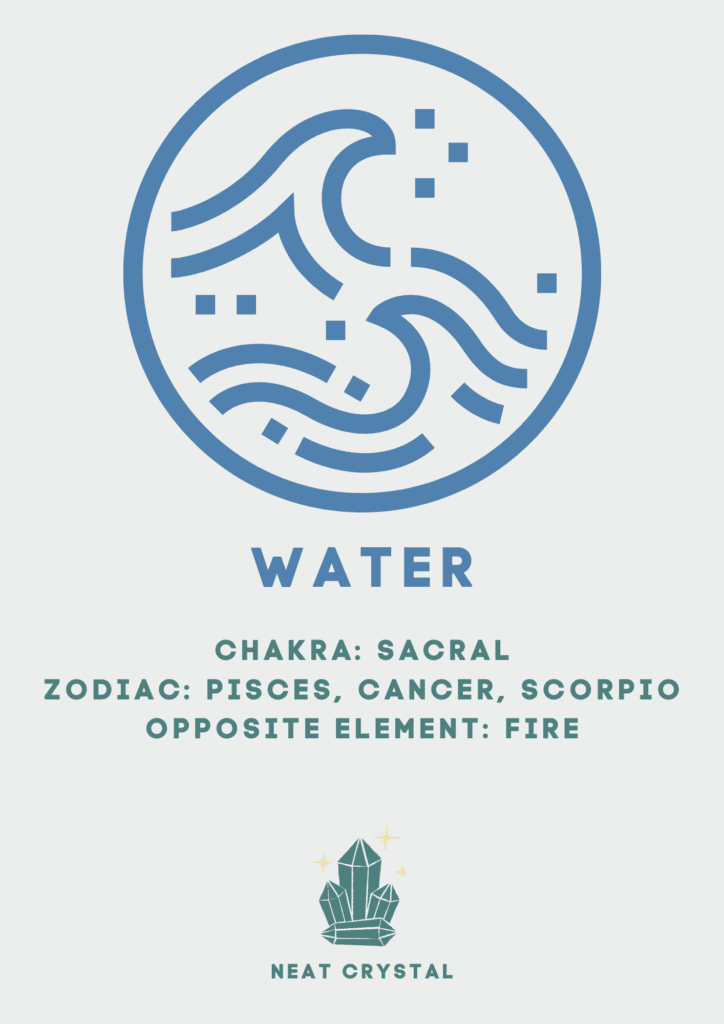
The air element is associated with intelligence, logic, and creativity. The element is an active masculine element and is represented by white and yellow colors. People of this element, Libra, Gemini, Aquarius, are adaptable, optimistic, and tolerant.
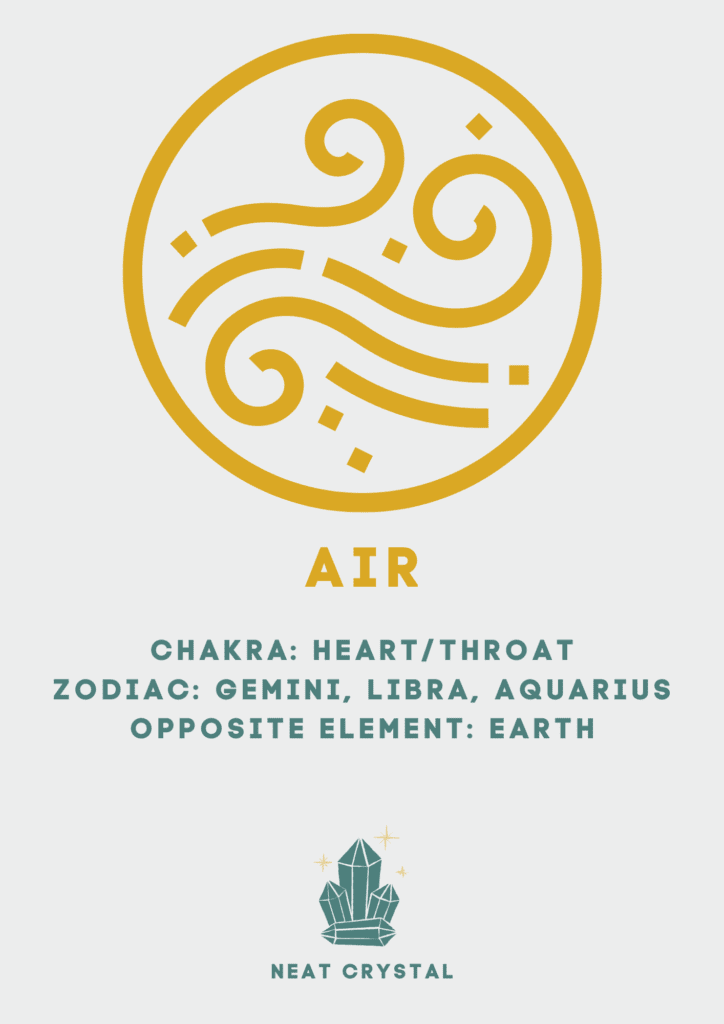
Ruling Planets
Opalite is associated with both Mercury and the Moon.
Mercury governs communication, reasoning, and speech. It regulates the skin, digestive and nervous systems. Stones associated with this planet help in communication, curiosity and processing information.
The moon is governs our inner world, emotions and secrets. Stones linked to this ‘planet’ help us process our feelings and help us feel safe in our environment.
On the other hand, opal is associated with Venus. The planet governs pleasure, romance, love, beauty, and material possession. It’s responsible for happiness and success. The energies of this planet bring charm and feelings of self-worth, which is exactly what opal can help with.
Numerical Vibration
Opalite vibrates at 6, which is harmonious and nurturing. It is also associated with luck and good fortune. Crystals of this number will invite harmony and amplify natural gifts.
Opals vibrate at 8. This number represents luck, abundance, and success. It’s also a number for power and authority. Crystals of this vibration can boost your chance of power and success.
Uses
There are many different ways to use these stones. Below we’ll outline a few options for you.
Jewelry
Wearing jewelry is the best way to include these stones into your life, as they allow you to work with the stone’s energy all day. Make sure to wear them on your skin closest to the associated chakra, allowing you to reap the most of the stone’s benefits. Think of earrings for the crown and third eye chakra, a necklace for the throat, heart and solar plexus chakras and bracelets for the sacral and root chakra.
Meditation
Both stones are effective in meditation practices. They will soothe and calm a troubled mind, which is paramount in this practice. These stones both work to align all chakras. If this is something you’re looking for, I’ll leave a guided meditation for you to use below:
Best Combinations
It can be incredibly beneficial to pair and combine crystals with similar properties to get the most out of our work with crystals. This way, they can strengthen and enhance each other. Below you’ll find some interesting options.
- Opalite and labradorite will attract luck and protect you from any misfortune. The pair will invite success and wealth.
- Opalite with clear quartz will bring out the best of its abilities. The pair will be great for chakra healing practices.
- Black tourmaline or red jasper can be combined with black opal for the root chakra. The combination will bring grounding and stability through uncertainties.
- Red garnet and opal are a good combination for the heart chakra. This combination will bring your desires, sexuality, passion, and creativity to life.
- Black and white opals are powerful energy amplifiers. The pair will bring positivity, creativity, and enthusiasm. The pair is also great for meditation and the manifestation of intentions. They can also connect you to spiritual guides and protect the aura.


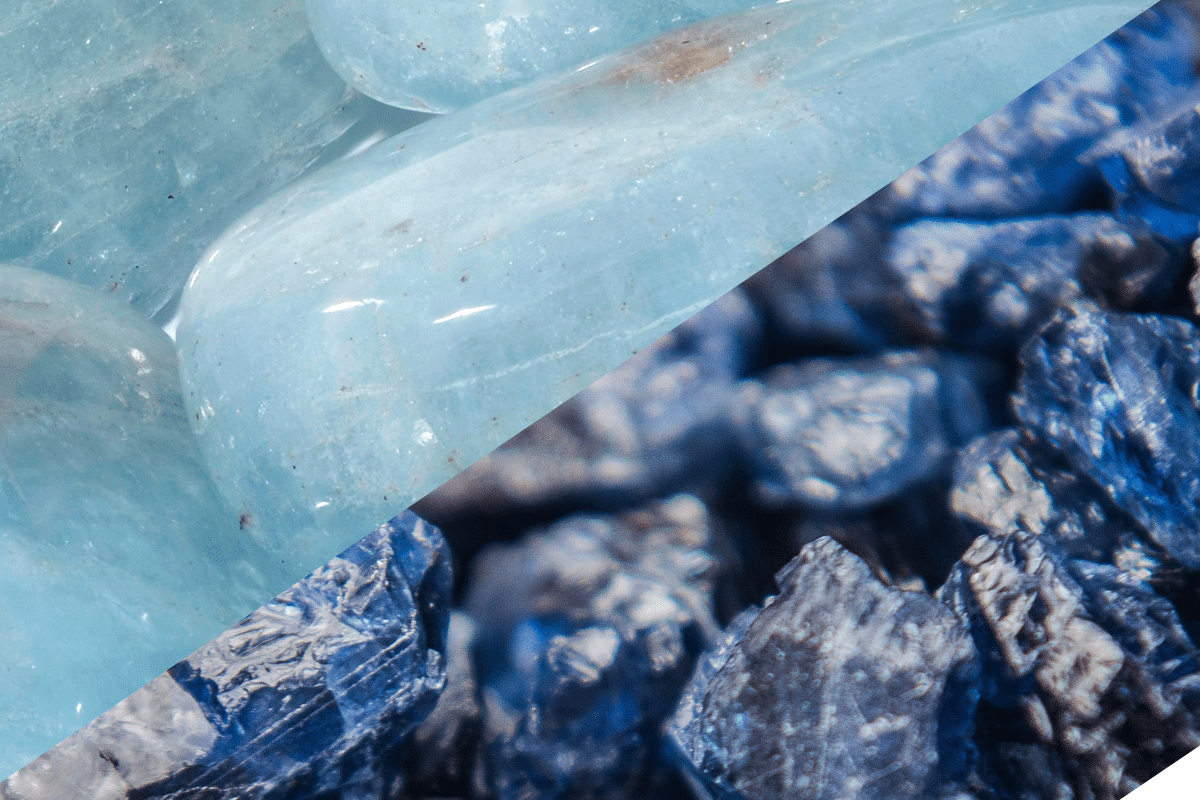


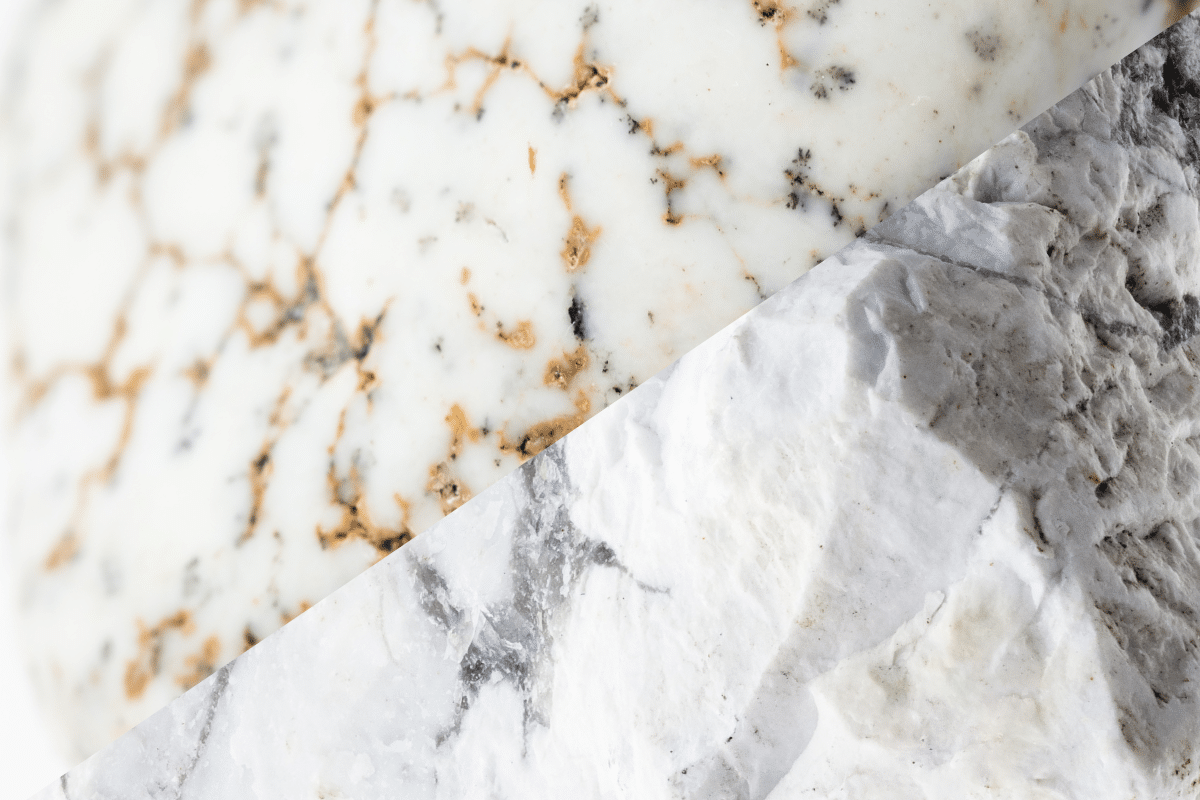
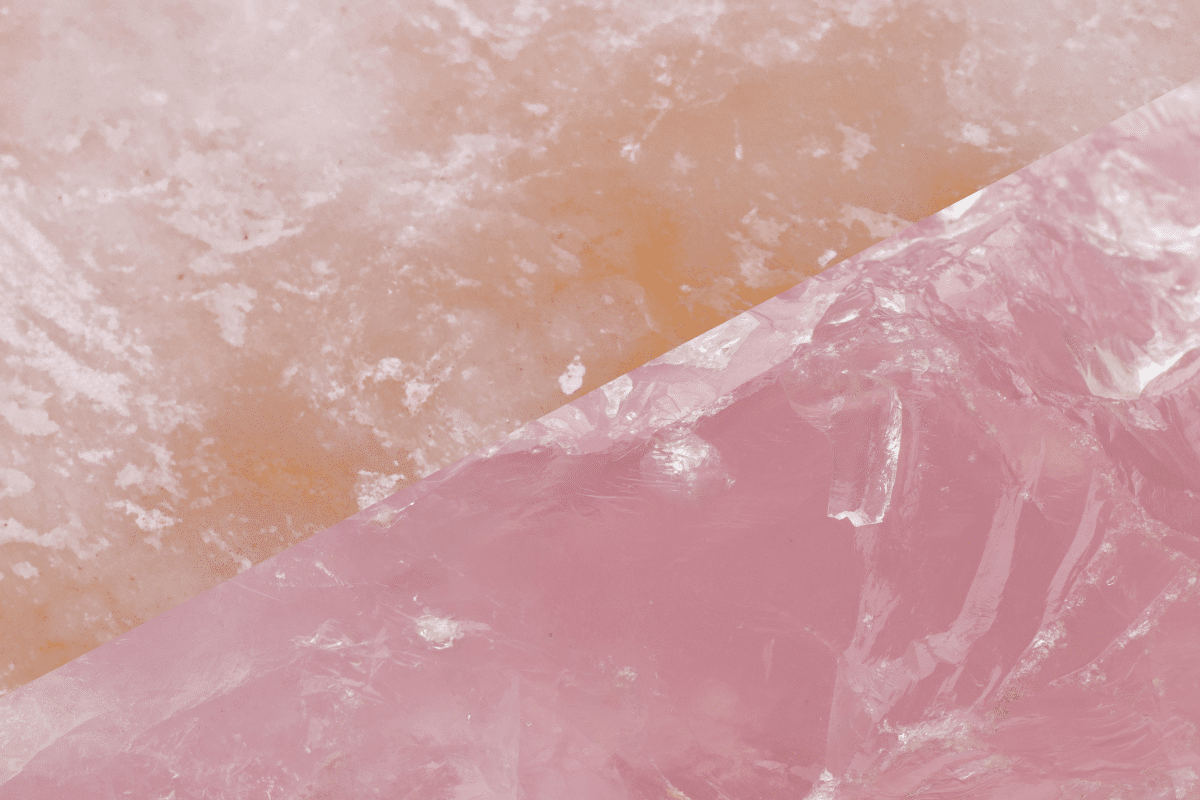
One Comment